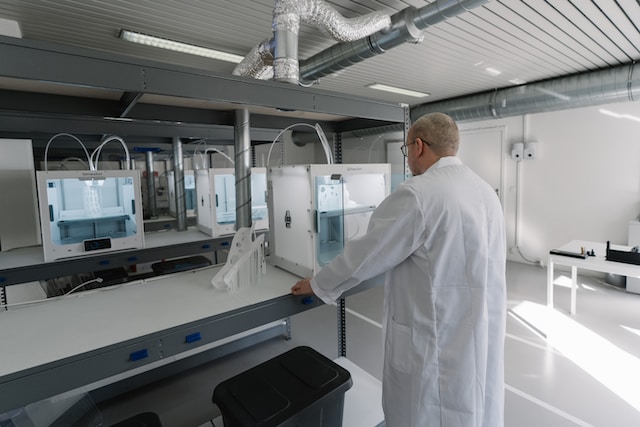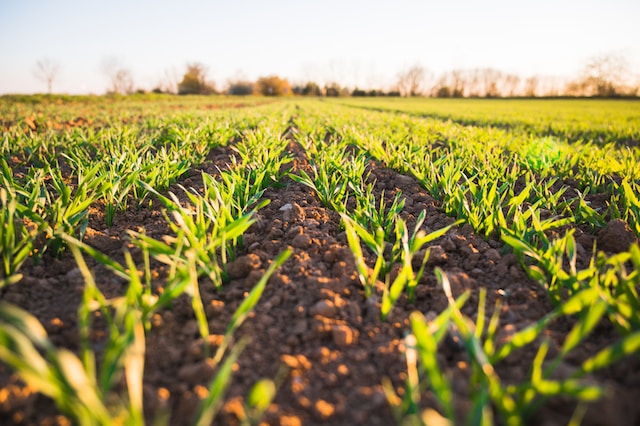Cognitive IoT: Unleashing the future potential of IoT systems

Leveraging and combining the strengths of both IoT and AI, cognitive IoT is considered by many to be the pinnacle of digital transformation technologies. Businesses are clamouring for a piece of the pie, with manufacturers expanding their investment in cognitive IoT from just $29 billion in 2019 to $70 billion in 2020. Even the leading global IT giant, IBM, has committed $3 billion to the development of its cognitive IoT endeavours.
But why is the major push behind cognitive IoT? And how can it be implemented for positive business outcomes? Below, we’ll study the present and future of cognitive IoT, plus provide you with a breakdown of its key concepts.
What is Cognitive IoT?
Cognitive IoT integrates artificial intelligence (AI) and the Internet of Things (IoT) to create intelligent and autonomous systems that can learn, reason, and interact with humans. It consists of several components that function together as a whole to create an intelligent system:
- Sensors and actuators: To collect data from the physical world and transmit it to the IoT system.
- Internet connectivity: Enables real-time data exchange and communication.
- Cloud computing: To store and process large amounts of data.
- Artificial intelligence: AI, ML (machine learning), and NLP (natural language processing) for the ability to respond intelligently and learn with time.
- Edge computing: Processing data at the edge can lead to faster and more efficient insights.
- Security and privacy: To protect devices and data from cyber threats.
- User Interface: Enabling humans to interact with the devices.
Examples of Cognitive IoT applications
Here are some examples of cognitive IoT applications and how they are revolutionising various industries:
Smart Cities

With applications in traffic management, waste management, and public safety, IoT can improve the functioning and quality of life of entire cities. IoT sensors can collect data on traffic flow, air quality, waste levels, and public safety incidents. Also, AI algorithms can analyse the data to optimise traffic flow, reduce waste, and enhance public safety. This can lead to reduced congestion, improved environmental sustainability, and better quality of life for citizens.
Healthcare

Cognitive IoT can transform healthcare through remote patient monitoring, predictive diagnostics, and personalized care. IoT devices can collect real-time patient vitals, activity, and medication adherence data. AI algorithms can analyse the data to detect potential health issues and provide personalised treatment recommendations, leading to more effective healthcare delivery and better patient outcomes.
Manufacturing

By collecting data on equipment performance, product quality, and supply chain logistics, IoT devices can feed information to AI systems to predict maintenance needs, detect quality issues, and optimise supply chain efficiency. This can improve product quality, reduce downtime and maintenance costs, and enhance supply chain visibility and agility.
Agriculture

Precision farming, crop health monitoring, and smart irrigation systems can improve the productivity of agricultural operations. IoT sensors play a vital role in collecting data on soil moisture, temperature, and nutrient levels. Insights can be used to optimise crop yield, reduce water and fertiliser usage, and minimise environmental impact.
Energy

Applications in the energy sector can optimise energy consumption, improve smart grid management, and detect faults faster by monitoring devices and analysing data for anomalies. Real-time insights into energy usage patterns and recommendations on energy-efficient actions can lead to reduced costs and improved reliability. For example, Enel uses Myst AI to optimise energy forecasts and inform its bidding for renewable assets.
Challenges in implementing Cognitive IoT
Cognitive IoT is already being deployed in various applications to revolutionise business practices and industries. However, that isn’t to say that organisations don’t face challenges in implementing them. By being aware of them, you can avoid common pitfalls and streamline the adoption of cognitive IoT in your systems:
- Data privacy and security: Cognitive IoT may collect sensitive or personally identifiable information subject to regulations such as HIPAA, GDPR, and CCPA.
- Scalability and integration: Cognitive IoT collects and processes vast amounts of data, which raises concerns regarding network capacity, data management, processing power, cost, and standardisation/interoperability.
- High infrastructure and maintenance costs: More devices inevitably leads to higher and more complex needs regarding asset tracking, maintenance, and lifecycle management. Not to mention the cost of actual hardware.
- Need for a skilled workforce with AI expertise: Not all organizations have in-house AI and IoT technologies expertise. This is a highly-skilled and specialised workforce with limited availability and high competition, demanding high salaries.
The future of Cognitive IoT
Despite these challenges, the potential benefits of its applications paint an optimistic picture of its future.
According to Precedence Research, the Cognitive Computing market was already valued at $32.6 billion in 2022. It’s forecast to continue its rapid growth at a CAGR of 22% to reach a total market size of $238.1 billion by 2032. That means it’s expected to expand to roughly 7x its current value within just 10 years.
Several emerging trends will influence Cognitive IoT for the foreseeable future and fuel this meteoric growth:
- Improved edge computing to process larger amounts of data more efficiently.
- Secure and transparent data sharing via blockchain technologies
- Advancements in cognitive computing, including AI, ML, and NLP
- Improved modelling, monitoring, and simulation of IoT systems using digital twins.
- The faster speeds and higher bandwidth offered by 5G network infrastructure.
- Enhanced coordination and collaboration thanks to swarm Intelligence/robotics.
- Better lifecycle management thanks to predictive maintenance.
As its capabilities evolve, cognitive IoT will become increasingly essential to the overall IoT landscape. Not only does it act as the “eyes” and “ears” of increasingly data-hungry, AI-powered systems, but it can relieve the computing pressure and bottlenecks through smarter edge computing.
Conclusion
By combining AI and machine learning capabilities with IoT devices, cognitive IoT enables real-time decision-making and automation that can revolutionise various industries, from healthcare and manufacturing to agriculture and energy.
While there are challenges to implementing cognitive IoT, organisations that invest in the necessary infrastructure and talent can reap benefits like improved productivity and cost savings. As such, the future of cognitive IoT is bright, with endless possibilities for innovation and growth in the years to come.
Article first appeared on IoT Now.